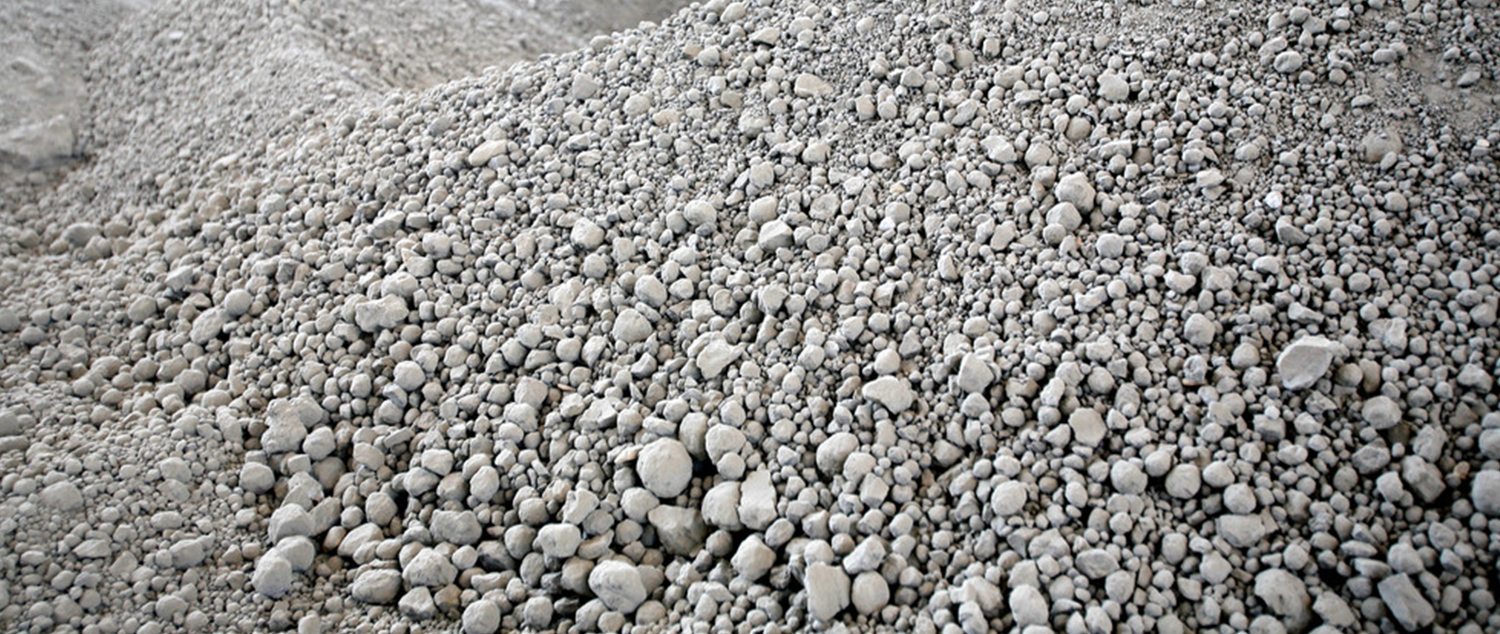Paving the way toward net zero emissions in India: reducing clinker factor
By 2030, India is projected to be home to seven megacities - that’s cities with more than 10 million people, which make the world’s second most populous country a striking example of the accelerating trend of urbanization. Reducing the clinker-to-cement ratio is key to cutting the carbon impact of cement.
Our two Indian operations ACC and Ambuja have been for decades reimagining ways to drive down the clinker rate further while ramping up their circular approach. The efforts are underpinned by strong ties with the Group’s innovation center paired with a powerful local R&D network of scientists and labs.
Both ACC and Ambuja have been rigorously replacing clinker with by-product raw materials like fly ash from power plants, slag from steel production, or both, which prevent them from being landfilled. The result? Their operations have a combined clinker factor of 63 , with two Cement Plants in ACC even achieving a clinker factor as low as 44 .
To make real changes to our CO2 footprint we have to push even further. Our ambition is to reach an average clinker factor of 68 globally by 2030, by repurposing byproducts from other industries and construction and demolition waste, and investing in calcined clay facilities as well as developing novel cements with new binders.







